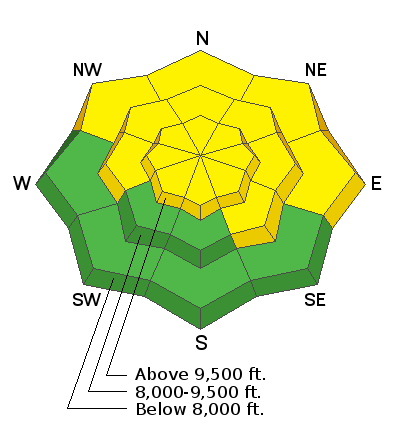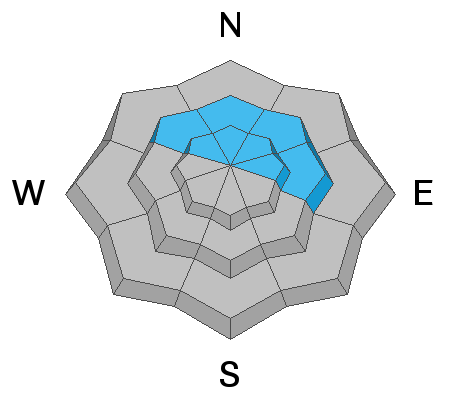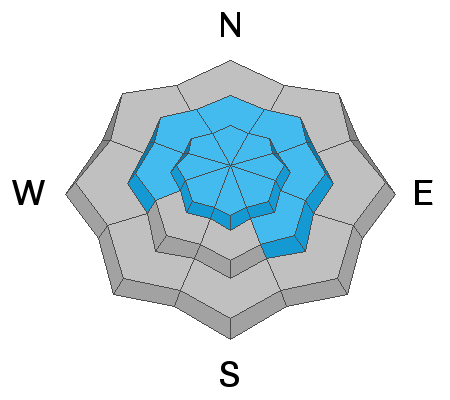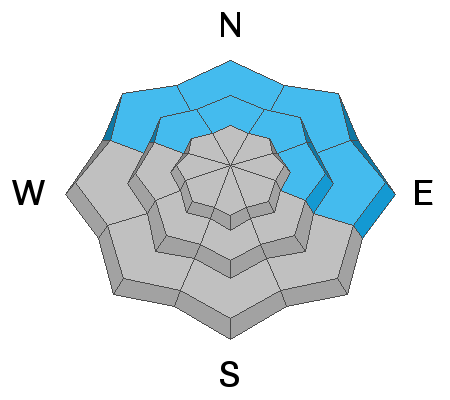Forecast for the Salt Lake Area Mountains

Issued by Drew Hardesty on
Sunday morning, December 22, 2019
Sunday morning, December 22, 2019
A scary MODERATE DANGER exists for triggering an avalanche 2-5' deep on steep northwest to east facing slopes of the mid and upper elevations. Avoid steep, thin, rocky terrain. A more widespread and tricky MODERATE danger exists for wind drifts on a variety of aspects and elevations. Lastly - and I can't believe I'm saying this - wet loose sluffs may also be triggered in warm, wind sheltered terrain and may pile up more deeply in terrain traps.
Strange weather causes strange avalanches.

Low
Moderate
Considerable
High
Extreme
Learn how to read the forecast here







